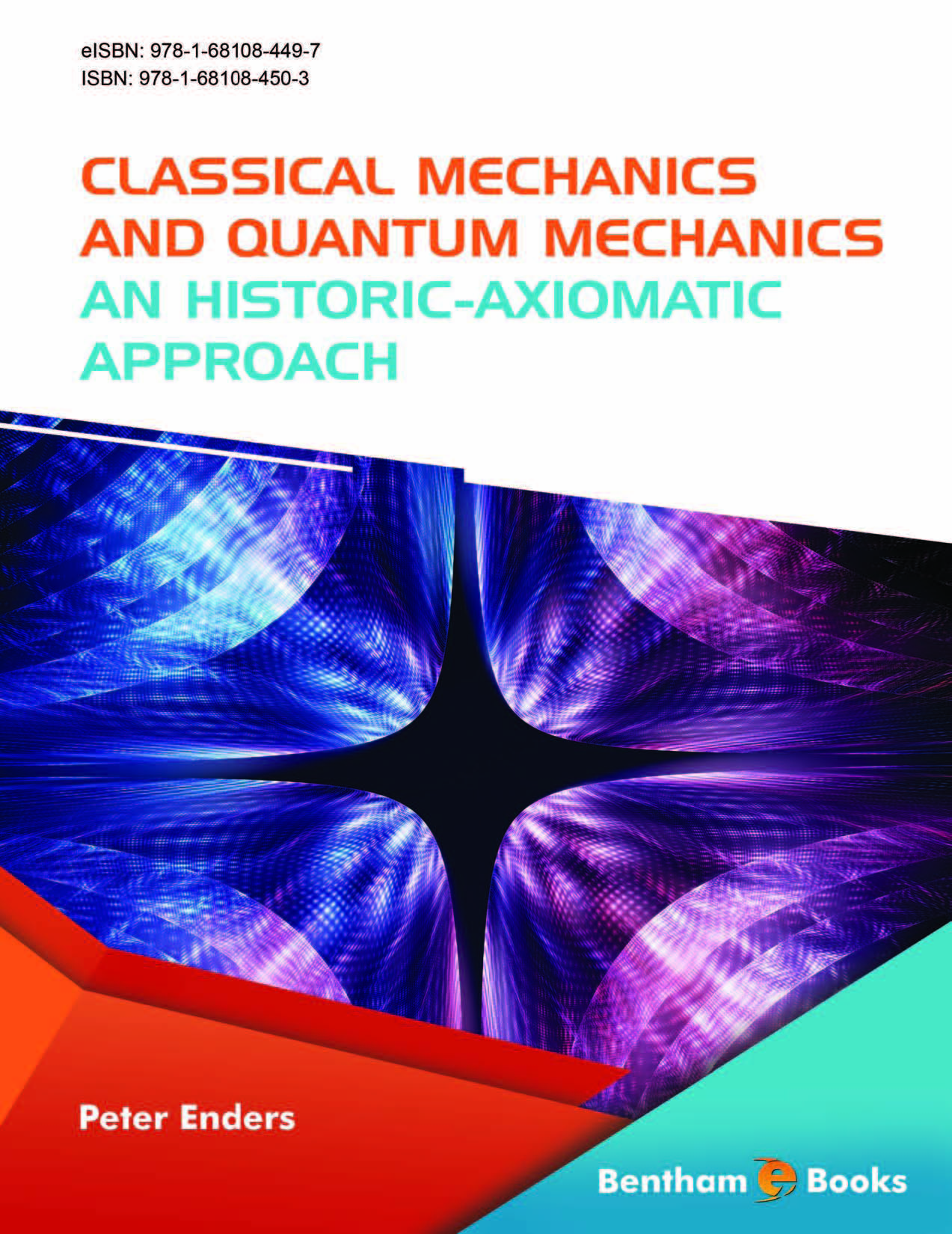Introduction
This unique textbook presents a novel, axiomatic pedagogical path from classical to quantum physics. Readers are introduced to the description of classical mechanics, which rests on Euler’s and Helmholtz’s rather than Newton’s or Hamilton’s representations. Special attention is given to the common attributes rather than to the differences between classical and quantum mechanics. Readers will also learn about Schrödinger’s forgotten demands on quantization, his equation, Einstein’s idea of ‘quantization as selection problem’. The Schrödinger equation is derived without any assumptions about the nature of quantum systems, such as interference and superposition, or the existence of a quantum of action, h. The use of the classical expressions for the potential and kinetic energies within quantum physics is justified.
Key features:
- - Presents extensive reference to original texts.
- - Includes many details that do not enter contemporary representations of classical mechanics, although these details are essential for understanding quantum physics.
- - Contains a simple level of mathematics which is seldom higher than that of the common (Riemannian) integral.
- - Brings information about important scientists
- - Carefully introduces basic equations, notations and quantities in simple steps
This book addresses the needs of physics students, teachers and historians with its simple easy to understand presentation and comprehensive approach to both classical and quantum mechanics.

